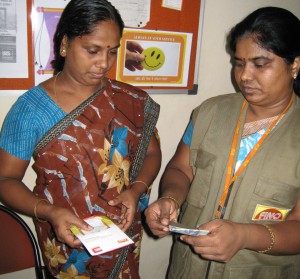
W4 had the pleasure of interviewing Betsy Teutsch, author of 100 Under $100, which makes vividly clear some of the challenges faced by the billion-plus most impoverished women in the world. These women suffer a dearth of resources, education and access to health care, and have to deal with discriminatory legal and financial services. And yet, as Teutsch says, “They work incredibly hard: with better tools and expanded access, they could be far more productive, transforming the life prospects of their families and their communities as well as themselves. The highlighted tools [laid out in Teutsch’s book] will give women a toe-hold on the ladder, so they can climb out of extreme poverty.”
You’ve had a variegated career, as an artist and a writer, as a director of communications for Greenmicrofinance.org (where you promoted eco-smart technology) and a board member for Shining Hope for Communities, among other humanitarian positions. Could you elaborate on your experiences with these organizations and describe how your humanitarian work intersects with the rest of your life?
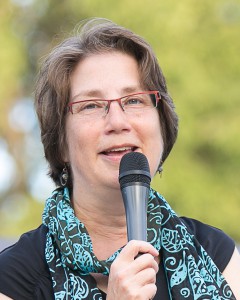 |
For most of my adult life, I’ve had my own art business, which is very solitary. I always tried to balance that with being more connected with the rest of the world, including through local volunteer work. I especially loved the idea that when women help other women, even through something as simple as extending credit, they help them to become more self-supporting.
When I worked for GreenMicrofinance, who focused on eco-smart technologies such as solar panels, improved cook-stoves, and biodigestors to address energy poverty, I was surprised to find that there were no female spokespersons for any of these initiatives. So many of the people who use these technologies are women, but there were no women involved in the supply chain, dissemination or marketing of them!
Over time, I became more actively involved in women’s empowerment initiatives, in particular at a community center, Shining Hope for Communities, in Kibera, a large slum in Nairobi, where I was on the board of their school for girls. I learned a lot about slums, and about the Girl Effect, but in general it seemed to me that the women’s empowerment movement was failing to focus on technology. And how can you empower women if they have no access to electricity or technology?
I then discovered that more and more educated women (some of them engineers and designers, running social businesses) were launching initiatives. I became convinced that if low-income women could access the initiatives’ designs, they would be able to solve their own problems.
Strikingly, I saw that in the developing world a very small amount of money can have a huge impact. Educating a girl is not very expensive. Giving a mother a dose of misoprostol so that she doesn’t bleed to death — that costs about $1. A single solar panel can give a person in the developing world access to electricity, to cell phone charging, radio, maybe television, perhaps a small appliance — and this can change the family budget dramatically.
The problem was distribution: how could I, in the U.S., get a solar panel to someone in Uganda? In fact, I discovered that lots of organizations can do this, and people enjoy providing solutions. So, while my book documents some depressingly bad news, it also outlines solutions!
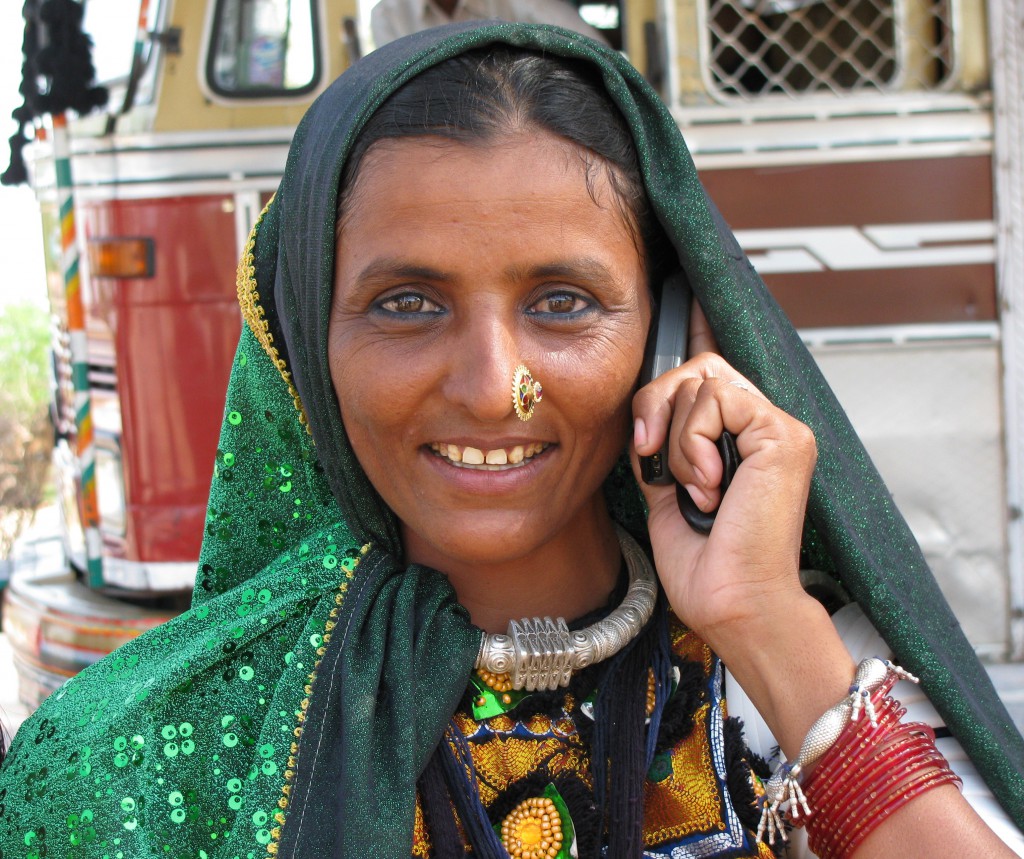
At W4, we share your approach: seeking solutions through women’s empowerment. You’ve described what inspired you to become an activist for women’s empowerment and sustainable development. Can you tell us what prompted you to write 100 Under $100?
Some problems just can’t be solved, but so many are solvable. And we have the tools! When I picked $100, I was aware that that’s a lot of money for someone in the developing world. In fact, many of the solutions in the book are free. But one thing I’ve found is that if something is free, it’s really hard to get people to do it. When I tell people that they can pasteurize water by putting it in a plastic bottle and leaving it in the sun, they say: “Really? How can that be?” Even when the solutions are free, people need help. So I regard the book as a sort of cookbook: each entry offers a step-by-step recipe for how to achieve the solutions.
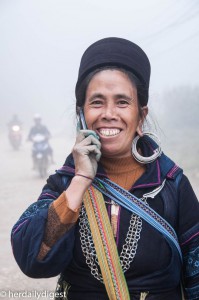 |
My original thought was that the book would be primarily about hardware and technical solutions, and I set out to focus on women who were actively involved in technology. But once I started researching, I discovered an immense amount of creative design and engineering energy going into public health solutions, so the book became about 25% health-oriented. And then I began to realize that it isn’t really just about new designs: in addition, a huge number of countries in the world suffer from weak governance; also, a lot of individual potential is lost because of illness.
Meanwhile, I began to learn more about sustainable agriculture and I was very impressed by a) how many women were farmers, and b) how many really simple techniques are very effective. All along, I knew that I wanted to have a financial section. The area that I was really not expecting to get into was legal tools, but when I learned about all the legal inequities, for example, widows not being able to inherit their husbands’ property, I thought, that’s like the Bible! And I had to include this.
Finally, the biggest challenge was how to address violence against women and the way the violation of human rights damages and circumscribes girls’ and women’s lives. I hadn’t really expected to get into human rights, but of course it’s an incredibly important tool.
You’ve touched on many striking stories. Which initiatives did you find particularly inspiring or eye-opening?
I love some of the really clever, simple solutions. For example, Lucky Iron-Fish: a tiny fish-shaped piece of cast-iron, which comes in a little bamboo package. It has a great impact on women’s health, particularly on those who are childbearing. In Asia, if you have a rice-based diet, you tend to be anemic, and yet people don’t take supplements even if they can afford them, because there’s a stigma. But when you put that Lucky Iron-Fish in your pot while you cook rice, it’s regarded as a good luck symbol. It’s affordable, it’s very culturally acceptable, and it’s working. The whole family benefits from the solution: everybody’s iron level goes up.
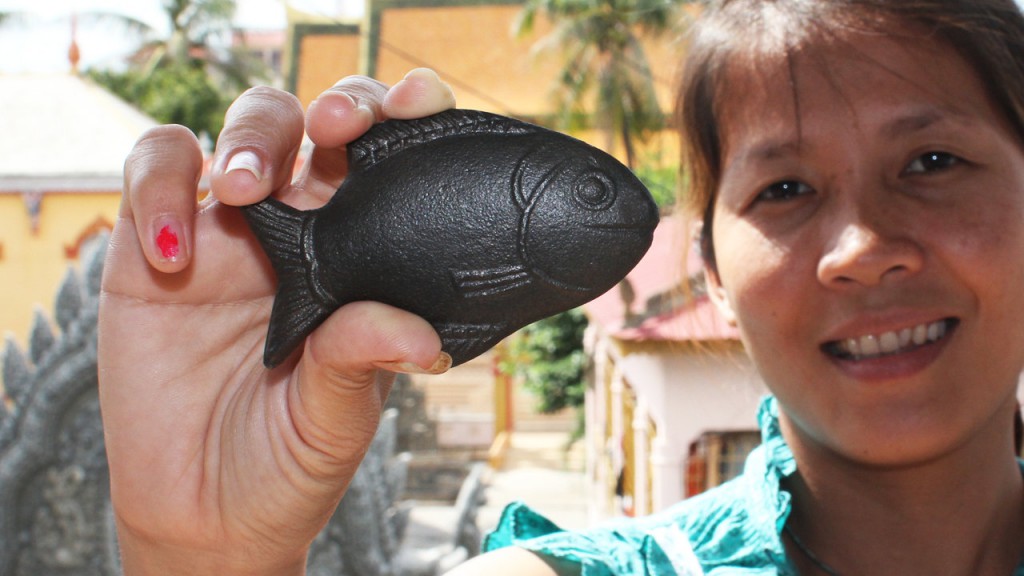
I’m also wowed by the provision of micro-insurance via cell phones. Cell phone minute marketers gain a competitive advantage by offering this very inexpensive perk, which encourages people to keep buying minutes from the same provider. This way the consumer gets health insurance and life insurance. It’s amazing: a modest insurance payment of a few hundred dollars allows a family to avoid falling into catastrophe, to pay off some debts, cover the costs of a funeral. And this means that bereaved families — or, usually, widows — don’t have to suddenly sell off productive assets (goats, cows) and end up impoverished. It works incredibly well.
You invite your readers to get involved with initiatives through special U-reader engagement icons and EDU icons. You also engage younger students by offering ideas for classroom activities. Can you tell us what kind of impact you’re hoping to achieve through your book? And how do individuals contribute to your initiatives?
Well, for example, a friend of mine just took her 13-year-old daughter to Guatemala for what the daughter’s school calls a service-learning week. Of course, you can’t build a school in a week — but you can see how it’s done. I am hoping that student readers who are looking for internships and volunteer activities will find ideas in the book and become engaged. I hope that the book will also enlighten adults and even older people (such as members of my baby boomer generation) about ways that they can volunteer, at home and abroad. There are some low-tech, high-impact ideas that can really take off. This inspires people. I’m happy to say that right after the book’s publication I heard from people who want to do things or want to donate to specific initiatives.
While working on distribution of this book, do you have new projects that we can look forward to?
New ideas are coming up all the time and I may do a new version of the book, 150 Under $150. I’d like to focus on larger-scale solutions, on the level of a village, not just a household.
And I’d like to say that the writing of 100 Under $100 never felt like work, not for one second. It was so inspiring to read these stories of people who had really come up with great solutions and were giving their time and energy and their talents to help people around the world.













